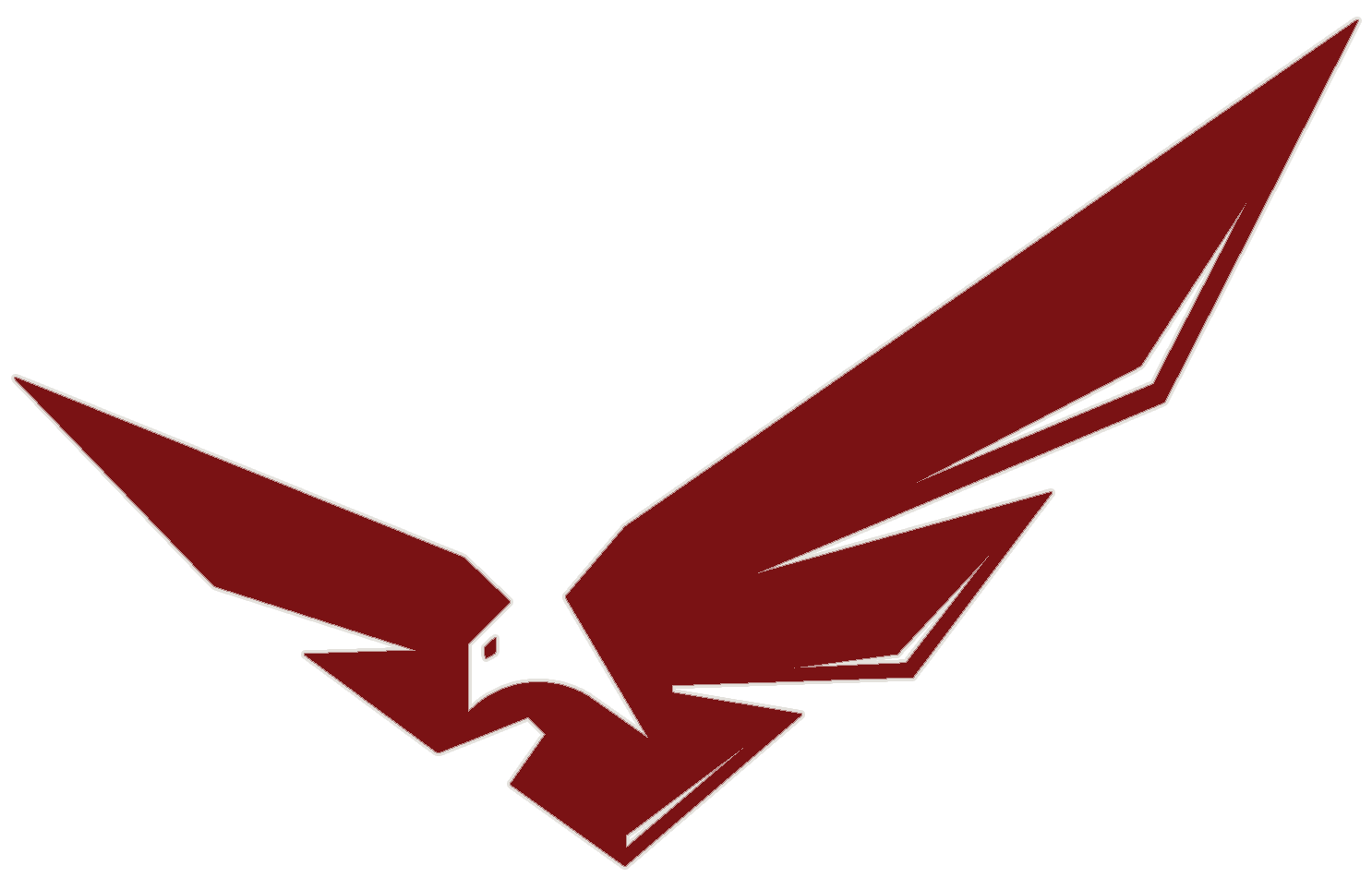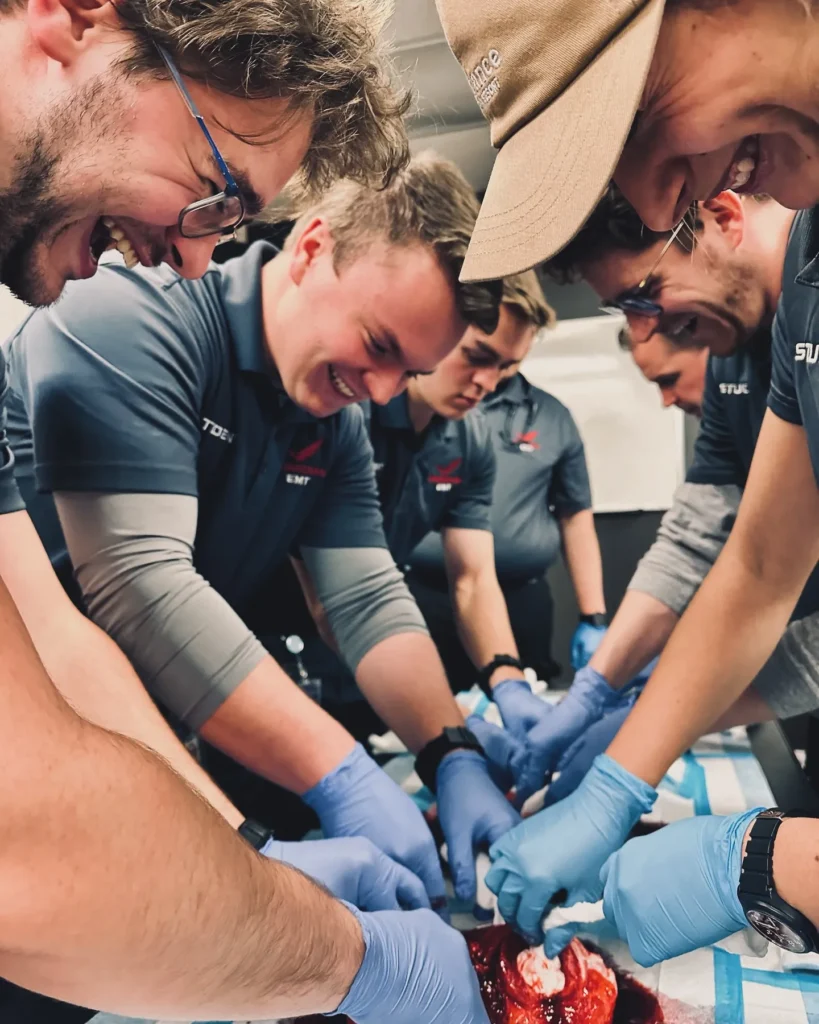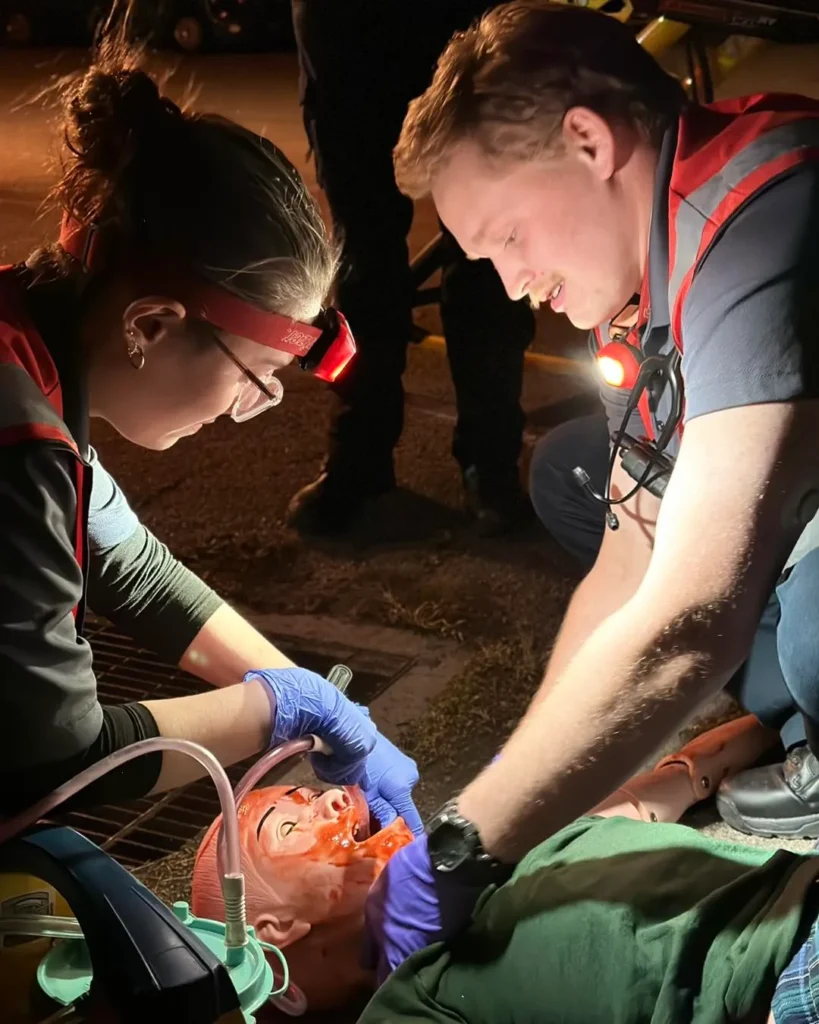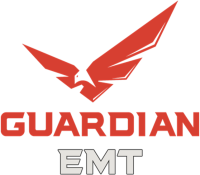Embarking on a career as an Emergency Medical Technician (EMT) in Utah is both rewarding and impactful. To assist aspiring EMTs, we’ve compiled answers to the most frequently asked questions from individuals in Salt Lake County and Utah County. This comprehensive guide covers essential aspects of EMT training, certification, and career prospects in Utah.
1. What are the prerequisites for enrolling in an EMT course in Utah?
To enroll in an EMT course in Utah, you must:
Age Requirement: Be at least 18 years old.
Education: Possess a high school diploma or GED.
Background Check: Have a clean criminal record, as certain convictions may disqualify you.
CPR Certification: Obtain a Basic Life Support (BLS) for Healthcare Providers certification.
These requirements ensure that candidates are prepared for the demands of EMT training and service.
2. How long does EMT training take in Utah?
EMT training programs in Utah typically range from 8 to 16 weeks, depending on the course structure and whether you choose a full-time or part-time schedule. For instance, the University of Utah offers an EMT Training Program that prepares students for licensure.
3. What is the cost of EMT training in Utah?
The cost of EMT training varies by institution and program specifics. For example, tuition for Guardian EMT’s EMT Training Program is approximately $1,095 for tuition, but their top of the line package is only $1,595 and outperforms other institutions. Check out their EMT Program Comparison Tool.
It’s advisable to contact individual training providers for detailed pricing information.
4. Are there EMT training programs available in Salt Lake County and Utah County?
Yes:
Guardian EMT:
Offers EMT training and Advanced EMT training, serving Utah county, Salt Lake County, Juab County and surrounding areas.
5. What does the EMT certification process involve in Utah?
After completing an approved EMT training program, candidates must:
Pass the National Registry of Emergency Medical Technicians (NREMT) Cognitive Exam: A computer-based test assessing knowledge across various emergency medical topics.
Pass the NREMT Psychomotor Exam: A practical exam evaluating hands-on skills.
Upon successful completion, candidates can apply for state licensure through the Utah Bureau of Emergency Medical Services and Preparedness.
6. How often must EMT certification be renewed in Utah?
EMT certification in Utah is valid for two years. To renew, EMTs must complete continuing education requirements to recertify their NREMT. The Utah Bureau of Emergency Medical Services honors the NREMT CE requirements and recertifies you at the same time.
7. What career opportunities are available for certified EMTs in Utah?
Certified EMTs in Utah can pursue careers in various settings, including:
Ambulance Services: Providing emergency medical care and transportation.
Fire Departments: Serving as first responders in medical emergencies.
Hospitals: Working in emergency departments or patient transport.
Law Enforcement: Assisting in medical situations encountered during duty.
The demand for EMTs is steady, offering a stable career path with opportunities for advancement.
8. Can I work as an EMT in Utah with an out-of-state certification?
Utah may grant reciprocity to EMTs certified in other states or through the NREMT, provided they meet Utah’s specific requirements. Applicants should contact the Utah Bureau of Emergency Medical Services for detailed information on the reciprocity process.
9. What is the difference between EMT and Advanced EMT (AEMT) training?
While EMT training covers basic emergency medical care, AEMT training includes advanced skills such as:
Intravenous (IV) Therapy: Initiating and managing IV lines.
Advanced Airway Management: Techniques beyond basic airway procedures.
Medication Administration: Delivering specific medications in emergency settings.
Advanced EMTs can provide a higher level of care, making them valuable assets in emergency medical services.
11. What is the job outlook for EMTs in Utah?
The demand for EMTs in Utah is expected to grow, reflecting national trends. According to the U.S. Bureau of Labor Statistics, employment of EMTs and paramedics is projected to grow 6 percent from 2019 to 2029, faster than the average for all occupations. This growth is driven by an aging population and increased healthcare needs.
12. What skills are essential for success as an EMT?
Successful EMTs possess a combination of technical and soft skills, including:
Medical Knowledge: Understanding of emergency medical procedures.



